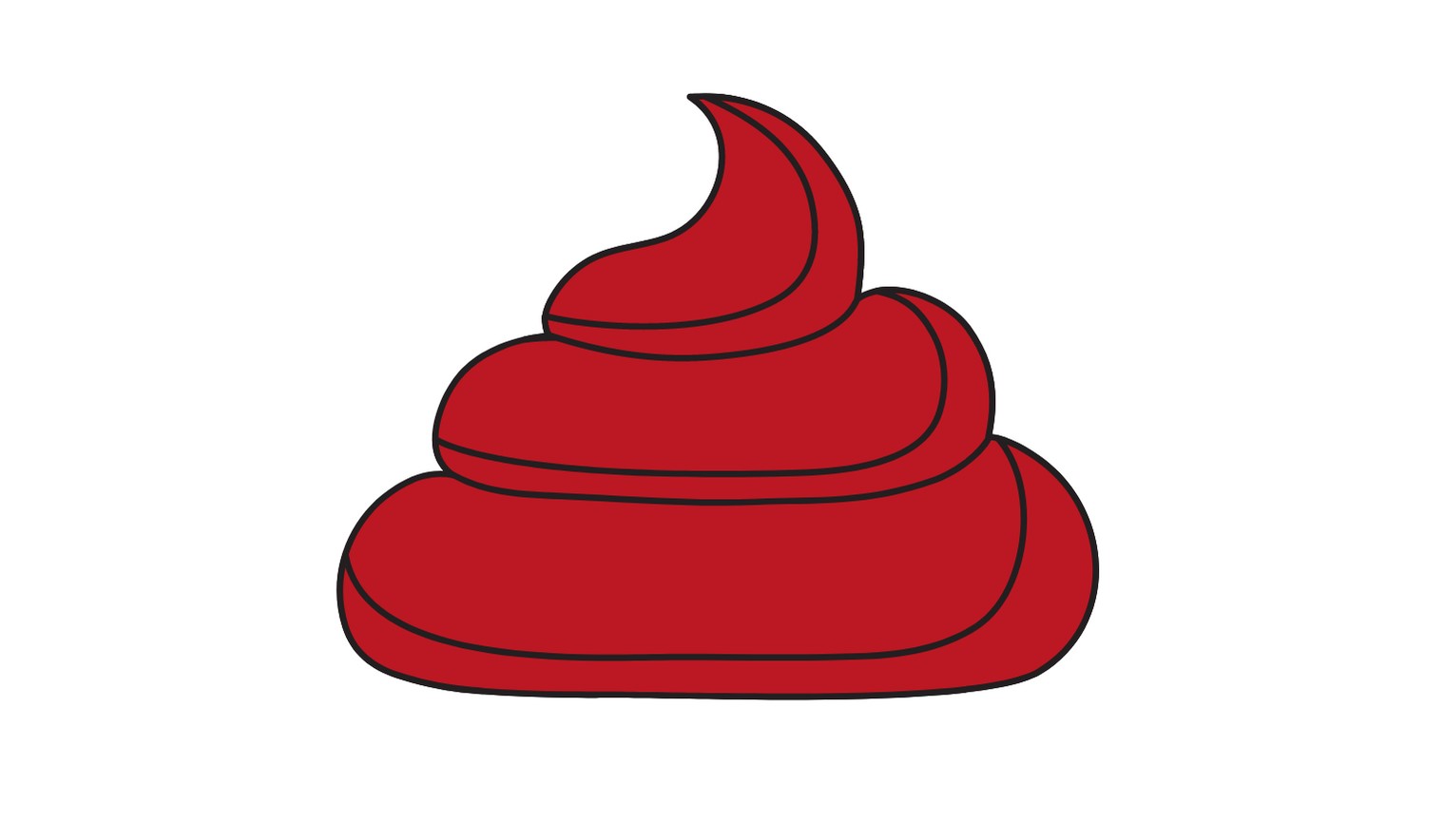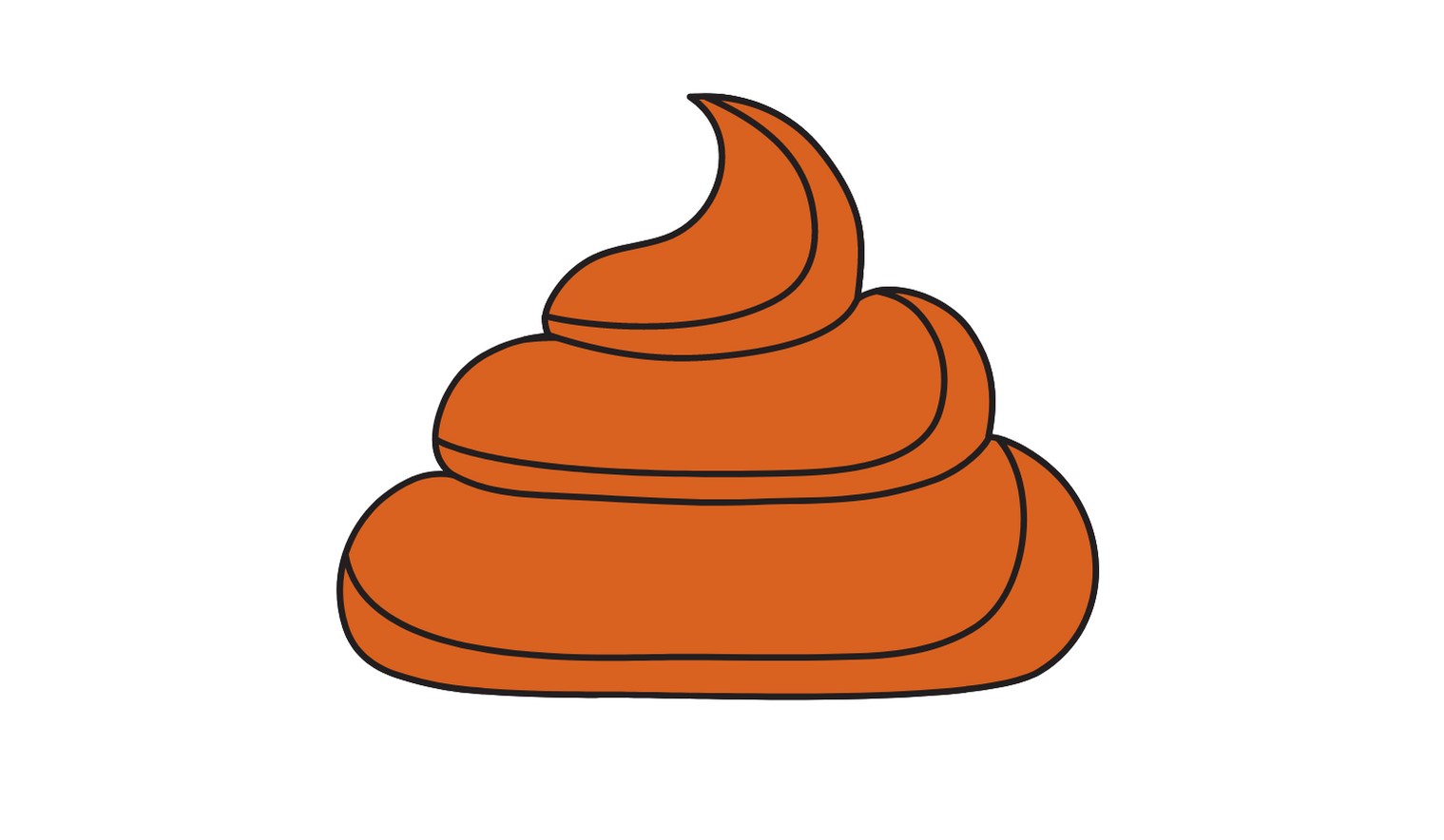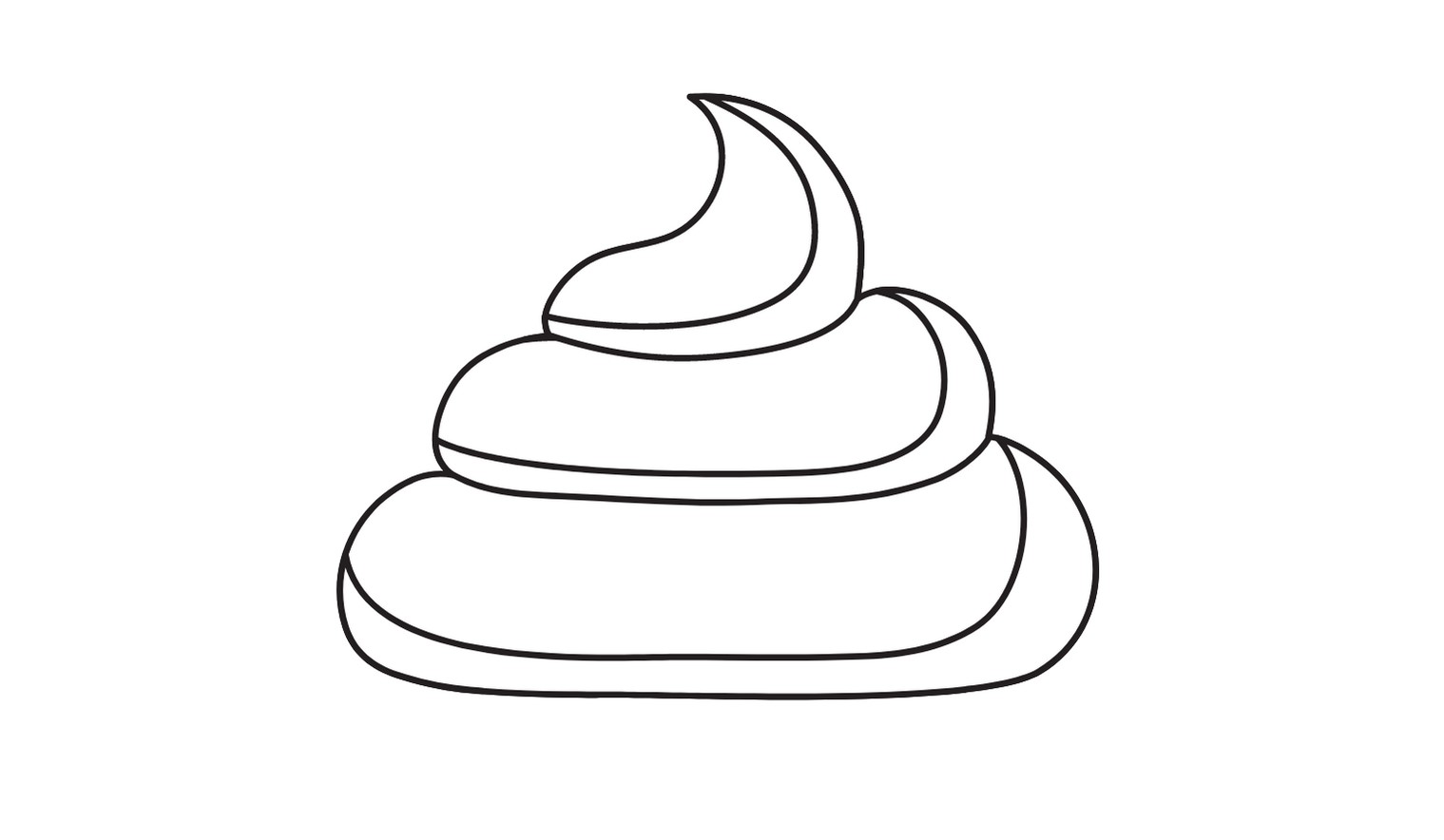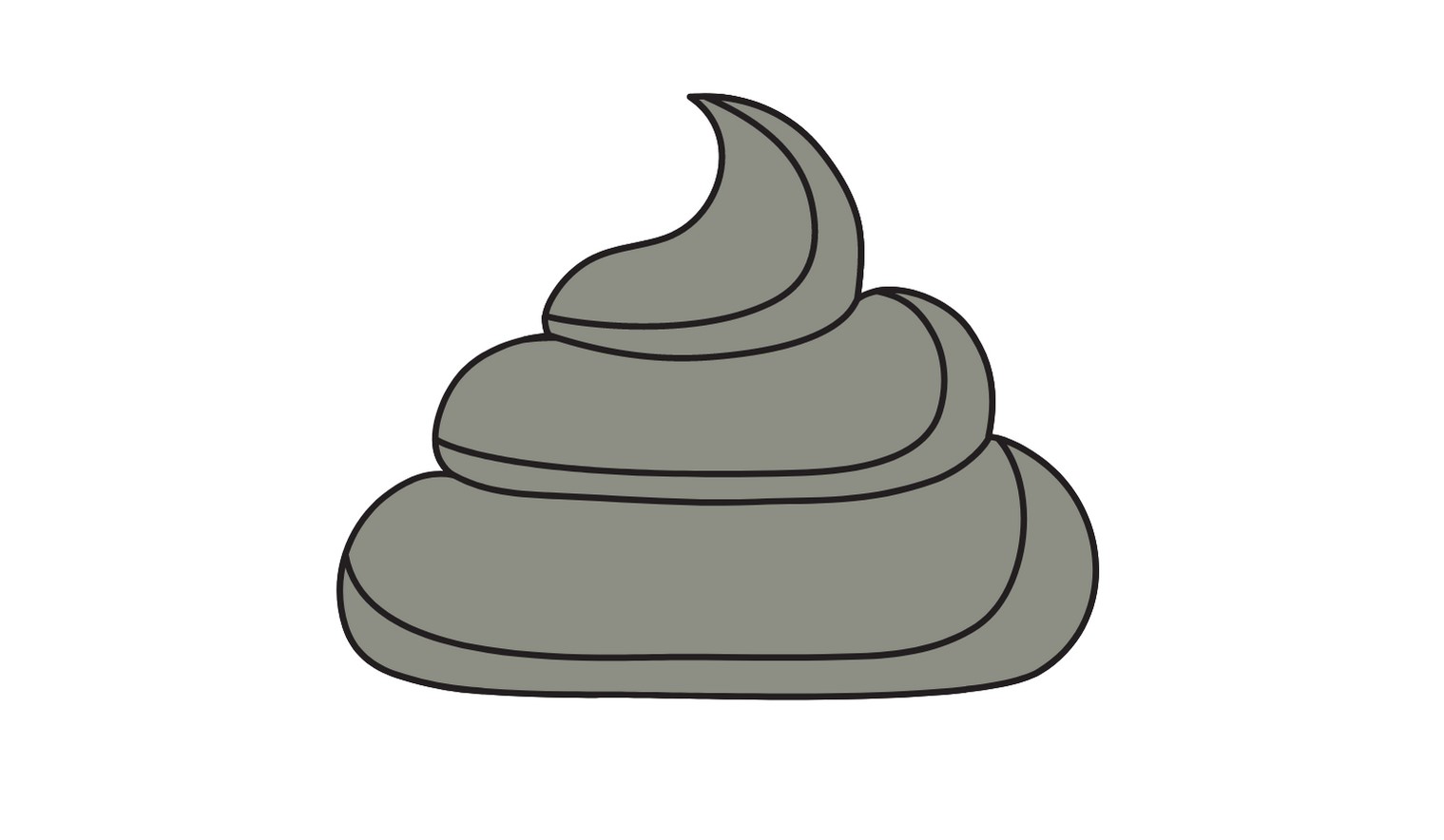Baby poop is a surprisingly excellent marker of your baby’s health. Changes in color, consistency, and even smell can give you an idea of the inner workings of your baby’s digestive system. Many parents notice changes in their baby’s poop when new foods are introduced and when transitioning from one diet to another.
When transitioning from breast milk or formula to whole milk, some parents may notice changes in their baby’s poop. This is usually due to your baby’s digestive system adjusting to the differences between the nutritional composition of the 2 kinds of milk and should resolve in 1-2 weeks. In some cases, changes in baby poop after transitioning to whole milk may be caused by lactose intolerance and allergies to certain proteins in whole milk.
What is normal for adult poop is not always the same as what is normal for baby poop. Changes in poop consistency and color are normal throughout your baby’s first year as they are introduced to different foods and drinks. Call you pediatrician if you have concerns regarding your baby’s bowel movements.
Cow’s Milk vs. Human Milk

Different mammals produce milk with finely tuned levels of fat, carbohydrate, protein, vitamins, and minerals to meet the nutritional requirements of their young. Whole milk usually refers to commercially available full-fat cow’s milk.
Human milk is about 87% water, 1.0% protein, 3.8% lipid (fat), and 7% carbohydrate, while cow’s milk is about 88% water, 3.3% protein, 3.9% lipid (fat), and 4.5% carbohydrate. Calves require higher levels of protein to grow and gain weight quickly, while human babies require higher levels of fat to support their nervous system development.
You may want to gradually introduce whole milk into your baby’s diet to help them get used to the different dietary content before switching over entirely, but only after 12 months of age. Start by replacing one feeding a day with whole milk. You can also mix whole milk with breast milk or formula in a 1:1 ratio. Dissolve powder formula in water first as directed, and never directly into whole milk.
Why Does Poop Change When Transitioning to Whole Milk
Breast milk is designed to perfectly support your baby’s dietary and nutritional needs. Its nutrients are also much easier for your baby to digest and absorb. Similarly, infant formula manufacturers follow strict manufacturing guidelines to closely mimic breast milk and support your baby’s dietary health. Many parents report changes in their baby’s poop after transitioning to whole milk from breast milk or formula.
One reason for the change may be the different protein contents of whole milk and human milk. Milk proteins can be categorized into 2 groups: whey proteins and casein. Cow’s milk contains a 20:80 ratio of whey protein to casein, while human milk contains whey protein and casein in a 60:40 ratio respectively. The combination of the 2 proteins allows for your baby to receive a consistent supply of essential amino acids.
When exposed to acids in your baby’s stomach, whey protein forms soft, easy-to-digest curds which pass through the digestive system relatively quickly. Casein, on the other hand, forms hard, insoluble curds which are more difficult for digestive enzymes to break down. As a result, the larger amount of casein may cause some babies may pass stool with small white specks when they first transition to drinking whole milk.
Consistency Changes After Transitioning to Whole Milk
Oftentimes, changes in the consistency of your baby’s poop after transitioning to whole milk are temporary and will resolve once your baby’s system gets used to digesting the new formulation.
Whole cow’s milk may initially be constipating to some babies. On its own, harder than usual poops are likely just a sign of your baby’s digestive system adjusting to the proteins in whole milk. Take care not to give your baby more the 24 oz. of milk a day, and continue to include high fiber foods and other liquids such as water and fruit juice in your baby’s diet.
However, passing hard pellet-like stools, straining and crying while pooping, or a lack of bowel movements for 2-3 days could be a sign of dehydration and more severe constipation and warrant a visit to the pediatrician to rule out more serious issues.
Similarly, softer than usual stools after transitioning to whole milk may also be a sign of your baby’s digestive system adjusting to whole milk. Diarrhea, however, may signal another problem, such as lactose intolerance, especially when accompanied by other symptoms such as an upset stomach, nausea, bloating, and gas.
Color Changes After Transitioning to Whole Milk
Some parents also notice color changes in their baby’s poop from green, brown, or dark yellow to light brown or tan after transitioning to whole milk. Tan or caramel-colored stool should not be a cause for concern provided it is unaccompanied by any other symptoms.
Other Color Changes in Baby Poop
Black

Black, tarry poop in the first few days of a baby’s life is known as meconium and is completely normal in both breastfed and formula-fed babies. If it reoccurs in later infancy, however, it may signal bleeding in the upper digestive tract and require medical attention.
Green

Dark green poop may occur as your baby begins eating solid food, especially if your baby has been eating dark green vegetables and other foods with green pigments.
Babies may also have green poops due to colds, food poisoning, and stomach bugs such as the norovirus and rotavirus which can cause diarrhea and green colored poops.
Yellow

Different shades of yellow are usually normal. Dark yellow poop is more commonly found in breastfed babies. Frequently passing runny or liquid, light yellow poop may be a sign of diarrhea and can put babies at risk of dehydration.
Red

Red baby poop may result from ingestion of red food coloring, artificially colored drinks, beets, and tomatoes. Some antibiotics may react with iron and cause a reddish or orange coloration in your baby’s poop, although this should clear once your baby finishes taking the medication.
Red stools may also be caused by bleeding from your baby’s anus or lower GI tract. If your baby has not eaten any red foods recently, call your pediatrician.
Orange

Orange poop is usually caused by natural pigments such as beta-carotene and artificial orange colorants in your baby’s diet. The color will most likely go back to normal by their next poop.
White

White, chalky stools are uncommon in babies and may signal liver and bile problems that could prevent your baby from properly digesting and absorbing nutrients. The most common cause of white poop is biliary atresia. This is a serious condition. Therefore, you must visit your baby’s pediatrician as soon as possible if this happens.
Grey

Similar to white poop, grey poop could indicate a digestive or malabsorption problem. Visit your baby’s pediatrician as soon as possible if this happens.
To Summarize
Parents can expect changes in their baby’s poop due to certain dietary changes, such as when starting solids, switching formulas, and transitioning to whole milk. These are usually temporary and resolve as your baby adjusts to the nutritional components of the new food.
As long as your baby has no other symptoms such as an upset stomach, cramps, nausea, or fever, and is active and gaining weight normally, transitioning to whole milk should not cause any issue.
Brown, green, and yellow are considered normal colors in baby poop. Other colors may be due to certain pigments in your baby’s diet, medication, and occasionally, may signal illness or injury.
Prolonged changes in consistency after transitioning to whole milk may signal dietary sensitivities such as a milk protein allergy or lactose intolerance, especially when accompanied by other symptoms. Food sensitivities can occur suddenly, even in babies who could previously tolerate breast milk or cow’s milk-based formula.
If you suspect that your baby is exhibiting symptoms of allergies or lactose intolerance after transitioning to whole milk, stop offering whole milk and return to their previous formula. See if reverting to breast milk or formula resolves the issues.